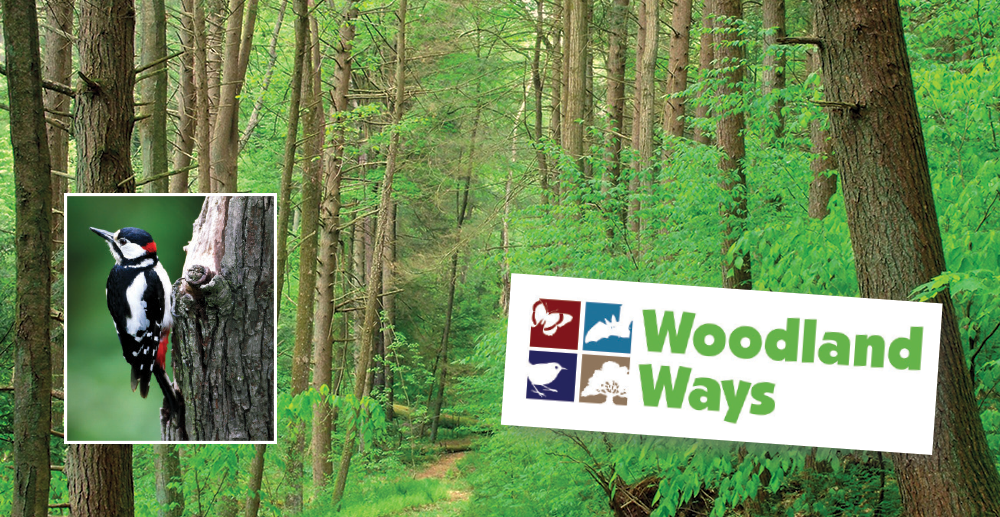Lords-and-Ladies’s is a plant in the lily family, with its arrow-shaped leaves found commonly in shady places in Moreton Hall such as woods and our retained rural hedges. There are two varieties, one with spotted (‘maculate’ leaves and one with unspotted (‘immaculate’) leaves. In April and May, their flowers appear, consisting of a flower spike partially enclosed in a leaf-like hood. It is insect -pollinated, with a faecal smell instead of perfume to attract insects. The leaf-like hood acts as a solar reflector, heating up the flower spike by up to 15°C higher than the rest of the plant. The hotter flower spike is thought to be more smelly when its warm, with the chemicals being more volatile in heat, so it can attract insects from a wider distance.
See if you can find one, try to smell the distinctive smell, and fee to see if you can spot a temperature difference. Be careful though, because some people can suffer an allergic reaction. The solar reflector is more likely to be effective in sunshine, so pick a flower which is in a patch of sun before the sun moves round and the plant is shaded again. After flowering, the flowering spike and hood die off, and later in the summer when trees cast a dense shade, the leaves die back too, replenishing the roots with starch for the future. In autumn, a spike grows again, but this time with a cluster of orange berries held high for birds or mammals to eat and spread the seeds. The berries are poisonous to people, but taste horrible and cause an immediate tingling sensation, so its unusual for serious harm to be caused.
Join us at Woodland Ways…
Why not join in with a Woodland Ways work party to help improve the Moreton Hall woods? No experience is needed and all are welcome; we’ll show you what to do. For more information please see www.woodlandways.org.uk, see the Woodland Ways noticeboard in the Community Centre, contact Nick Sibbett on 01284 723847 or email information@woodlandways.org.uk.

